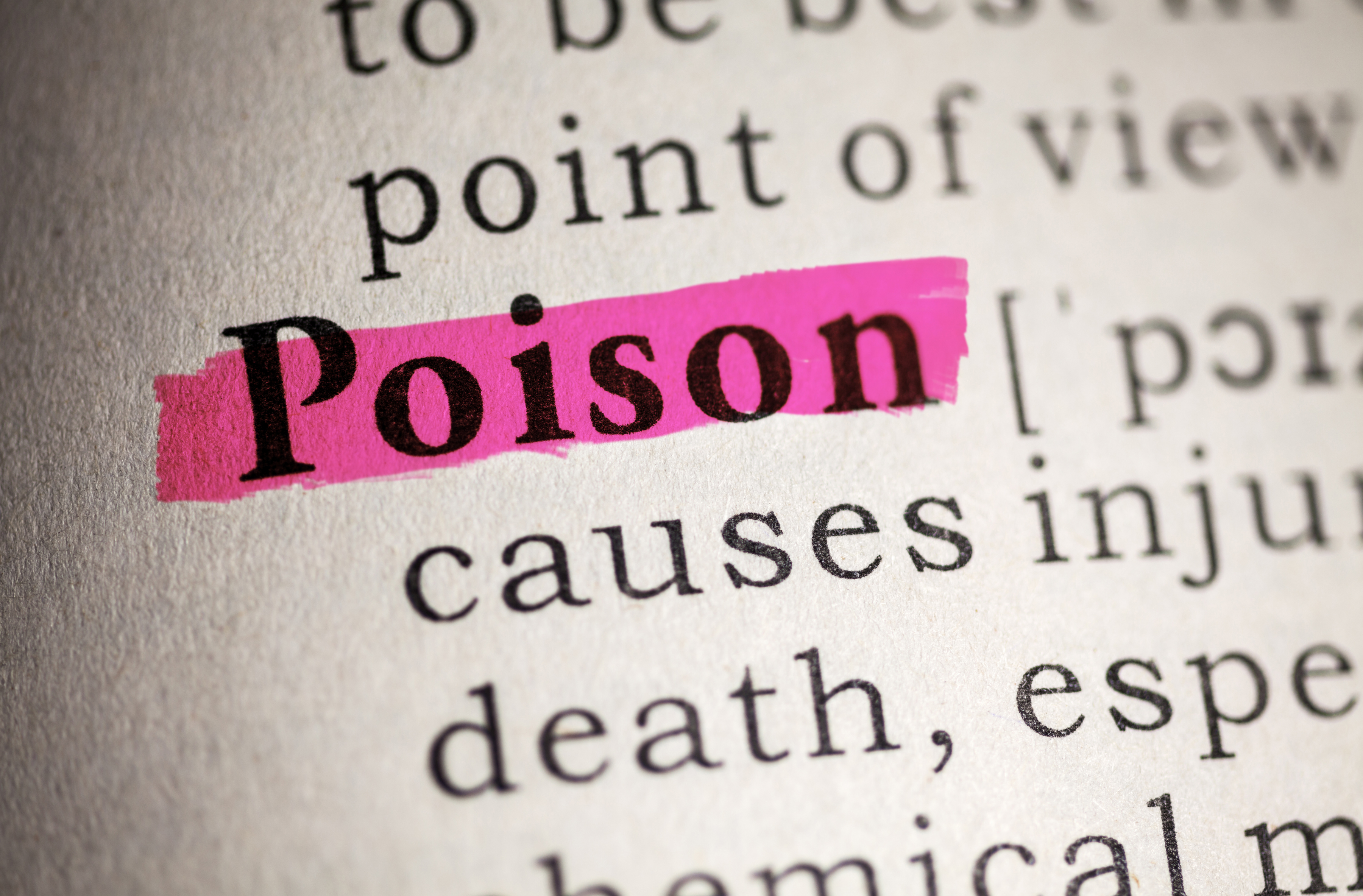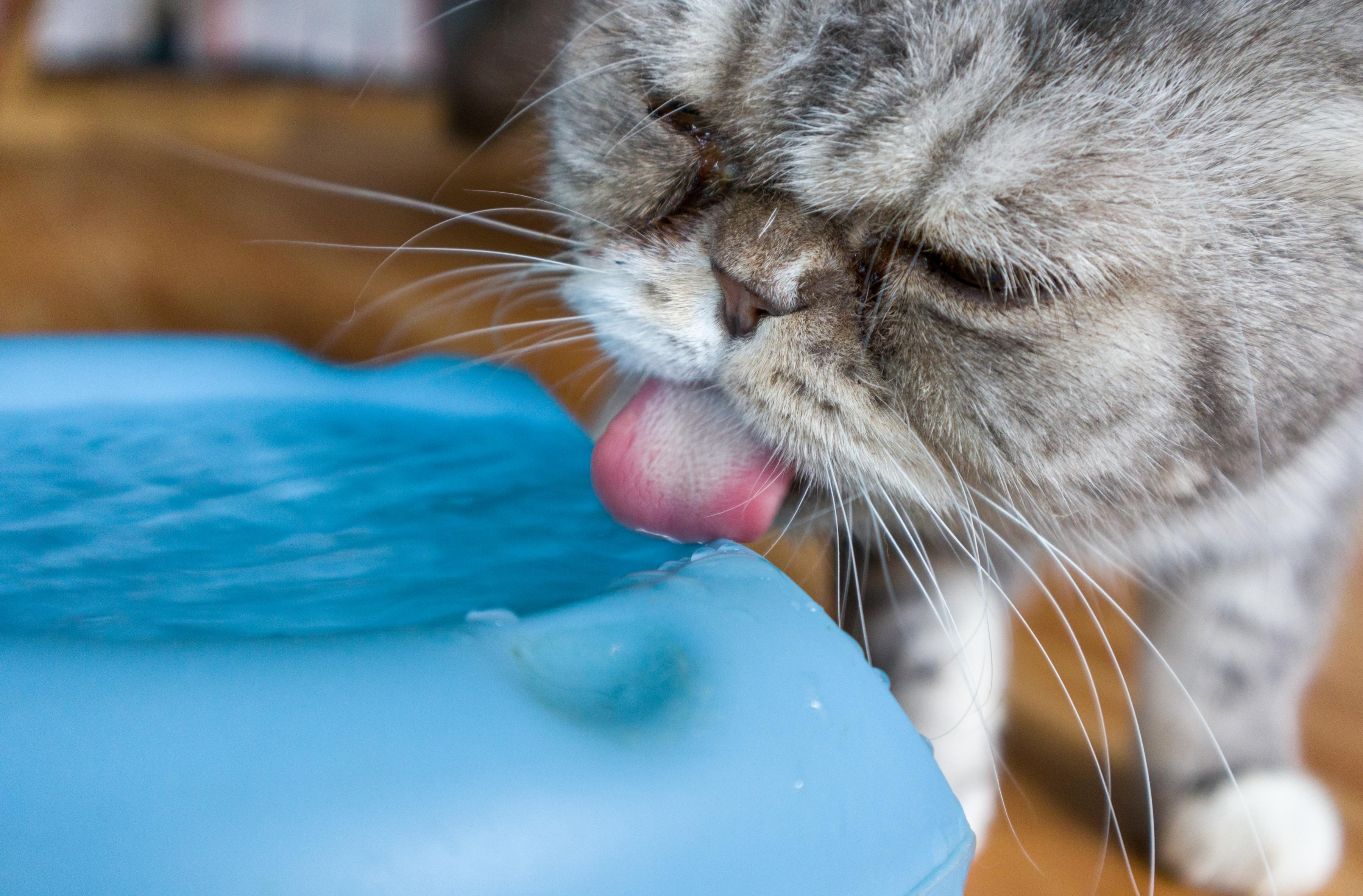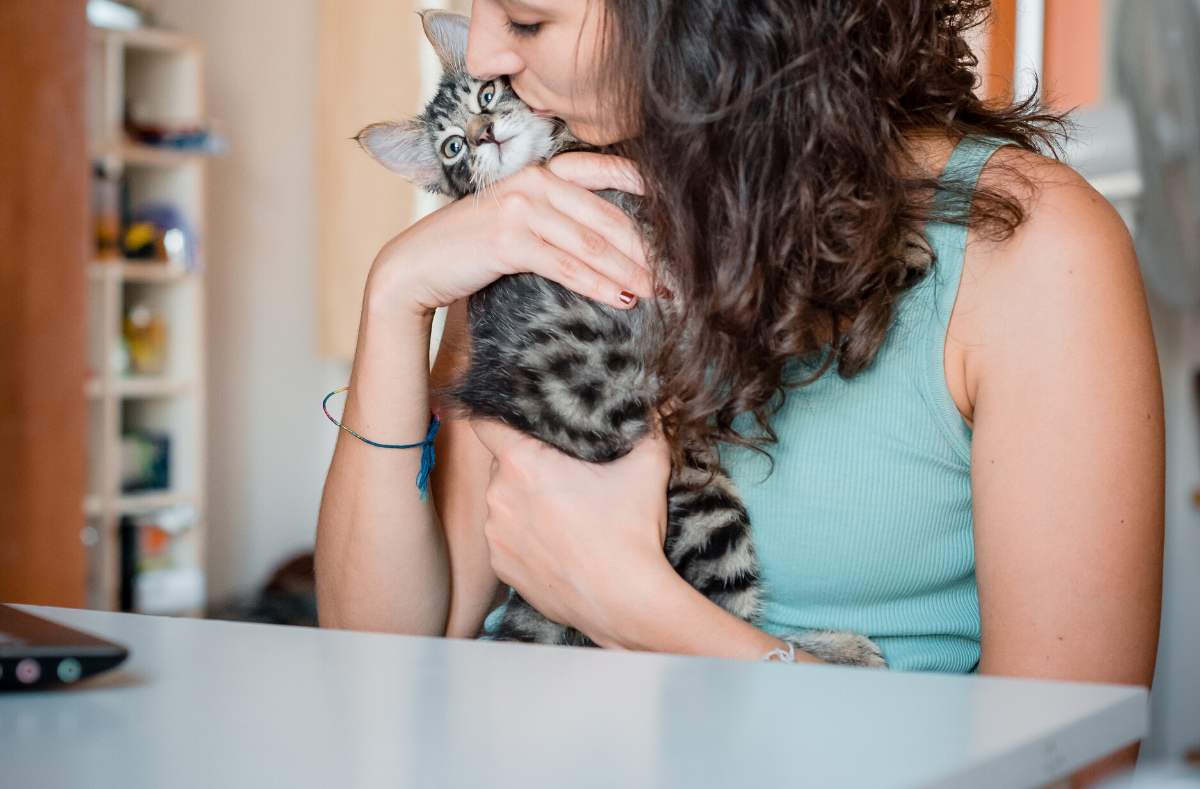
Recommendations for kittens owners
Congratulations on welcoming home your new furry family member! 🐱
This is such an exciting time and we want to help make the transition into the home as smooth as possible. It is important to start proper training and routine veterinary care right away to lay the best foundation for your kitten. We encourage you to read through this article and ask us any questions you may have!
Recommendations for kittens
1) Diet
The number of meals per day: less than 6 months old = 4 meals a day / 6 – 9 months old = 2 meals per day / adult = 1- 2 meals per day
Allowed food:
👉 Good quality commercial food (dry or wet) for kittens until 1 year of age
👉 Easy access to clean, freshwater
👉 Treats shouldn’t be more than 10% of the diet
👉 Recommended brands: Hills, Purina, and Royal Canin due to extensive clinical research
Prohibited foods:
⛔️ Milk
⛔️ Pork or lamb
⛔️ Fish or chicken bones
⛔️ Chocolate, almonds, or sweets in general
⛔️ Fresh bread or dough
⚠️ Risky foods: Raw meat. By ingesting raw meat, cats can be infected with Toxoplasma.
Note that toxoplasmosis can be transmitted to humans causing abortions in pregnant women and fetal malformations. We recommend pregnant women avoid cleaning the cat litter; they have to wash their hands frequently.
2) Grooming and desensitization
👉Cats are clean animals because they groom themselves.
👉Baths are not recommended until the vaccination plan is completed;
👉Just wipe the muzzle, paws, and the rear, if necessary.
👉After 16 weeks you can start using products for cats: long hair breeds should be combed and brushed daily;
👉Some haired breeds will need to have their hair cut at a groomer;
👉Cats usually sharpen their claws on scratching posts;
👉If needed, the nails have to be cut regularly (in the vet office).
3) Exam
The veterinarian will perform a physical exam at each appointment to check if your kitten is healthy, to identify genetic issues, and evaluate development; adults should be seen every 6 months to identify and treat diseases earlier.
4) Parasites prevention
Internal and external parasites are a risk factor for both animals and humans, that’s why is imperative that pets receive deworming, flea, tick, and heartworm prevention.
Parasites can be:
📌 Intestinal – roundworms, hook, and tapeworms. Although cats are mainly indoors, they can become contaminated through contact with soil, transported by owners on footwear or clothing, their mother’s placenta, and milk, or by eating fleas; can cause diarrhea, weight loss, lethargy, and anemia. Some are contagious to people and can cause GI issues and blindness. Monthly prevention will be given along with heartworm.
📌 Fleas – everywhere outdoors; cause itching, allergic reactions, anemia, and transmit other diseases like tapeworms and plague. Flea prevention is usually combined with tick prevention and should be given year-round, every 30 days. Many of the flea control products for dogs are dangerous for kittens. Please consult your veterinarian before choosing a flea control product!
📌 Ear mites – live in the ear canal of cats where they cause itching. The most common sign of ear mite infection is vigorous and persistent scratching of the ears or shaking of the head. Sometimes the outer ear canal will appear dirty and contain black debris. Ear mites are easily transmitted between cats and dogs (but not humans) by direct contact. and kittens will usually become infected if their mother has ear mites. If one pet in the household has ear mites, it is advised to treat all of your pets. Successive applications of topical medication to the kitten’s ear or skin will eliminate ear mites.
📌 Ticks – transmit many diseases (Lyme, Ehrlichia, Anaplasma, and others); we highly recommend year-round prevention given every 30 days
📌 Heartworms – spread by mosquitoes; live in the pulmonary arteries. They migrate in the heart causing difficulty breathing, coughing, and death. It is recommended prevention given every 30 days as well as yearly heartworm testing starting at 8-10 months old.
Type of Parasites Control:
Numerous products differentiated by the type of applications, duration of action, and species of parasite targeted; recommendations made based on the cat’s lifestyle.
5) Vaccination
👉Kitten immunity: 0-4 months from mother’s milk, after 4 months develop their own immune system;
👉We give vaccines to stimulate the kitten’s immune system properly;
👉During the vaccine series, the pet should not come into contact with other animals with unknown vaccine history;
👉In general, it is recommended two core vaccines for cats and kittens. This includes a Distemper (FVRCP) vaccine and a Rabies vaccine. If your kitten will be spending any time outdoors, she may also require a Feline Leukemia vaccine (FeLV).
📌 Distemper (FVRCP) vaccine: core vaccine, protects against 3 different diseases, which includes: Feline Rhinotracheitis, Calicivirus, and Panleukopenia. Start vaccine at 9 weeks, re-vaccinated every 3-4 weeks until 16 weeks, booster at 1 year, then yearly.
📌 Rabies: core vaccine; disease is fatal and contagious to humans; spread through a bite from infected animals. Vaccination should be given once at 16 weeks, booster at 1 year of age, and then yearly. An indoor-only cat may be exposed to rabies by a mouse or a bat.
📌 Feline Leukemia (FeLV) vaccine: for cats who spend any time outdoors; spread from other cats in the environment, by sharing food bowls or litterboxes, or by bite wounds. After the initial vaccine, re-vaccinate 3 weeks later, then is given annually;
6) Dental care
👉Start daily teeth brushing (8-12 wks) to prevent tartar and gingivitis;
👉Any bacteria from the mouth can get into the rest of the body and can lead to early heart, liver, and kidney disease;
👉Feeding dry food over canned will act as a mechanical scraper to reduce plaque;
👉Look for the Veterinary Oral Health Council (VOHC) stamp when choosing dental products.
⛔️Bones and antlers can crack the tooth, which is extremely painful and requires surgical removal.
👉We recommend annual dental cleaning and radiographs, starting at age 3.
7) Spay (females) and Neuter (males)
👉Males can be neutered between 4-6 months of age, as soon as both testicles are descended into the scrotum;
👉Females should be spayed at around 5 months old, before their first heat cycle.
👉Female cats start going into heat at around 6 months of age. If allowed to have a heat cycle before spaying, she will be at much greater risk for mammary cancer later on in life.
👉Spaying prevents unplanned litters of kittens that often never find suitable homes.
👉Spaying prevents cancers or infections of the reproductive organs.
👉Outdoor neutered males are involved in fewer catfights and will decrease the risk of infectious diseases like feline immunodeficiency virus and feline leukemia
👉Neutering males will eliminate spraying urine inside the house and will make them use only the litter box.
👉Male cats with undescended testicles should be neutered too.
👉If breeding your cat should be at least 1 year old.
👉Many breeds have preexisting genetic conditions, consider screening both males and females for preexisting genetical conditions before breeding.
8) Microchipping
👉All cats should have identification, even if strictly-indoor
👉The microchip is a small sterile implant injected under the skin, used to identify electronically your companion via a unique identification number associated with it.
👉Your pet will be registered in a national pet recovery database with your contact attached to it.
👉The microchip is NO a tracking device – the primary benefit of microchip implantation is the increased chance of reunification of lost or stolen animals with their owners;
9) Kitten-proof house
👉Make preparations before bringing your kitten home.
👉Close or block off windows, vents, and any nooks and crannies she might be tempted to explore.
👉Move electronics and power cords, window blind cords, and any other strings out of reach.
👉Completely remove objects that might pose a choking hazard.
👉 Before you bring the kitten home, you should have a litter box, food and water bowls, cozy bedding, scratching posts, and toys already in the room for her.
10) Playtime
👉Play on a daily basis with your cat;
👉Discourage the cat from playing with your hands directly offer kitten-safe toys.
11) Insurance
👉Insurance extremely helpful to have when emergencies hit;
👉Most insurances allow you to choose your deductible, reimbursement, and maximum coverage so you can tailor it to your budget;
👉The companies we have the most experience with and recommend are Nationwide, Trupanion, ASPCA Insurance Embrace, and Pet Plan.
We hope you will allow us to be part of your and your kitten’s life.
Congratulations on the newest addition to your family! We hope this guide answered some of your most common questions regarding kittens, but please feel free to contact your veterinarian or technician with any additional questions or concerns you may have.






